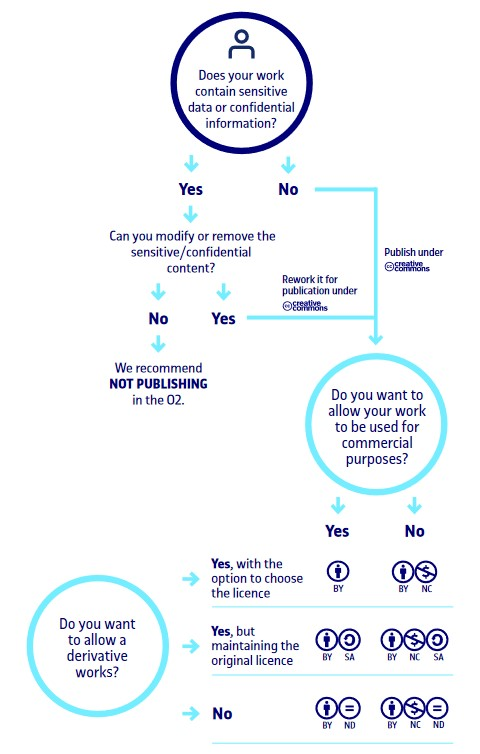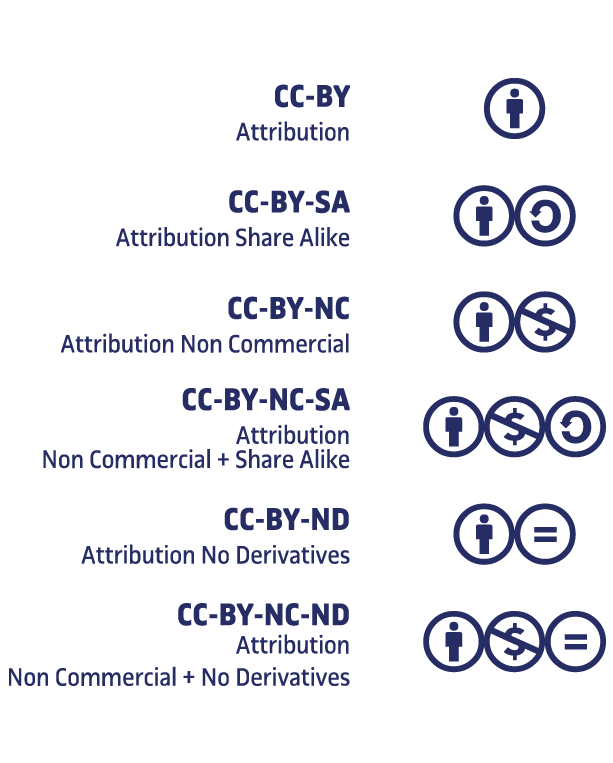
Intellectual property
Students
What is plagiarism?
Plagiarism is using someone else's creations as one's own.
For more information about what plagiarism is, how it can be detected and how to avoid it, take a look at the section on academic plagiarism.
How can I use other people's work appropriately?
To be sure you are using another person's work properly, you must always cite the authorship and the source, and prepare a bibliography that lists all the resources you have consulted.
We recommend taking a look at the How to cite page for further information about what a citation is, what a bibliographical reference is, and how to create a bibliography. It also contains practical examples of how to use the various citation styles (such as ISO 690, APA or Vancouver).
Who holds the rights to my assignments and continuous assessment activities?
As the author, you hold both the (non-transferable) moral rights and the (transferable) economic rights to your assignments and continuous assessment activities.
As the rights holder, you can choose to make these assignments and continuous assessment activities available to the public (more or less) openly. You can choose between the various Creative Commons licences to do this.
How do I choose an open licence for my assignments and continuous assessment activities?
You should ask yourself the following questions:

Source: Do you know what licence to publish your work under in the UOC's institutional repository, O2? [online] [query: 01/19/2023]. Available in: https://openaccess.uoc.edu/handle/10609/109108.
Or you can check out the tool for choosing Creative Commons licences.
How can I publish my final project in open-access format?
This guide sets out the steps you need to follow to publish your final project.


